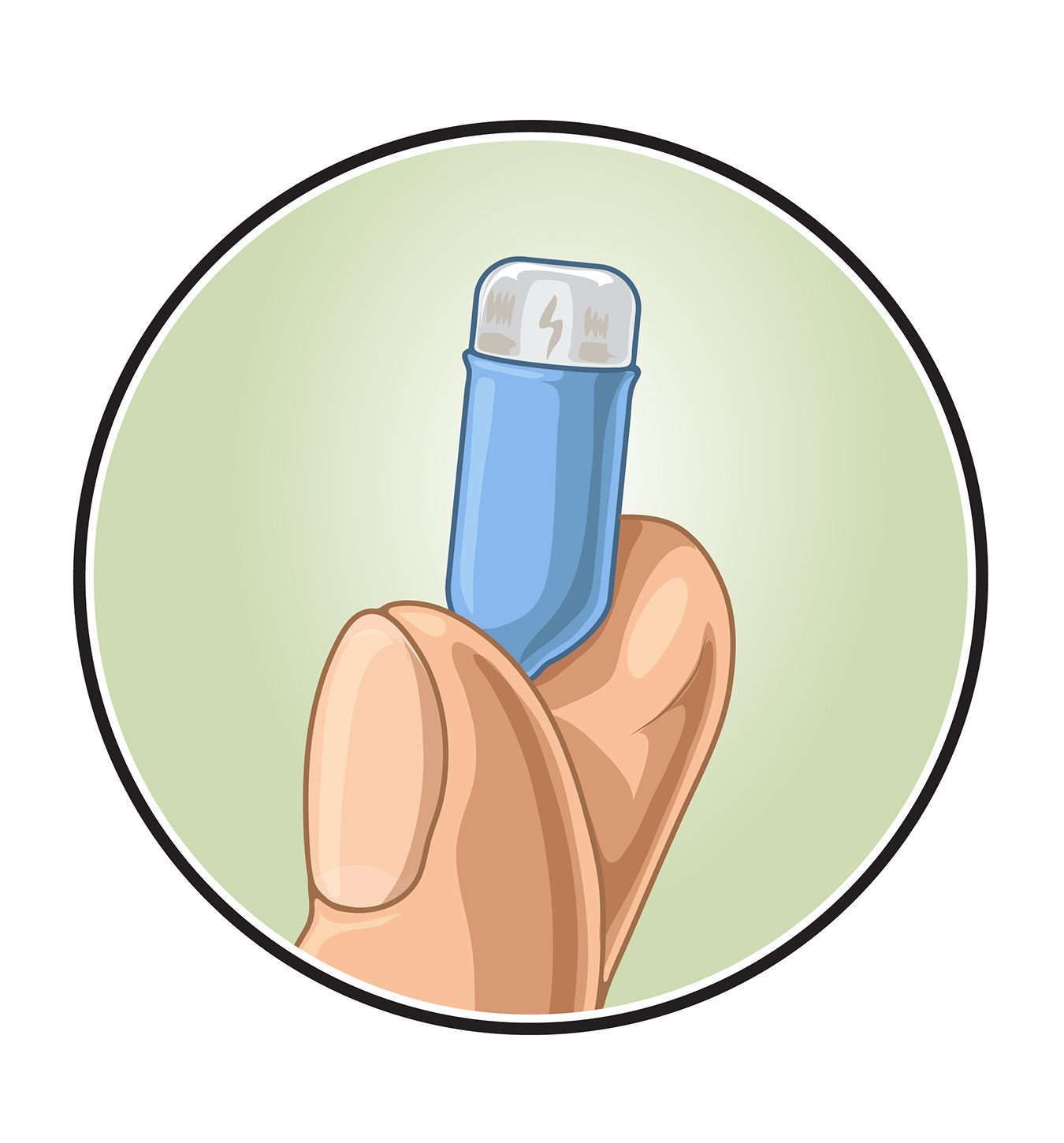Abstract
This study evaluated gastric emptying, small bowel transit time, and total intestinal transit time in 8 critically ill trauma patients. These data were compared with those obtained in 87 healthy volunteers from a separate trial. Data were obtained with a motility capsule that wirelessly transmitted pH, pressure, and temperature to a recorder attached to each subject’s abdomen. Transit times were available for almost all patients, however, pH, pressure and temperature data is missing for all critically ill patients and sparsely missing for the healthy volunteers. These are data from a study by Rauch et al. “Use of Wireless Utility Capsule to Determine Gastric Emptying and Small Intestinal Transit Times in Critically Ill Trauma Patients”. Journal of Critical Care 2012; 27(5): 534.e7 – 534.e12.
| Study Design | Topic | Statistical Method | Statistical Method | Statistical Method |
|---|---|---|---|---|
| Prospective Cohort | Intestinal Motility | Wilcoxon Rank Sum Test | Nonparametrics | Missing Data |
Contributor
The Smart Pill dataset was contributed by Dr. Amy Nowacki, Associate Professor, Cleveland Clinic. Please refer to this resource as: Amy S. Nowacki, “Smart Pill Dataset”, TSHS Resources Portal (2017). Available at https://www.causeweb.org/tshs/smart-pill/.
Background
Delayed gastric emptying is a well-known problem in critically ill patients and is associated with feeding disturbances and inadequate nutrition. However, evaluating gastrointestinal function remains challenging in critically ill patients who are mechanically ventilated. Many tests that are practical and accurate under standardized, controlled conditions often fail in the critical care setting. For example, the consensus recommendations for gastric emptying scintigraphy are impractical in intubated patients because they recommend low-fat, egg white meal with imaging at 0, 1, 2, and 4 hours after meal ingestion. Another test, the lactulose hydrogen breath test, relies on prompt bacterial breakdown of lactulose in the colon; however, changes in bacterial flora—which are presumably common in critical care patients—can produce false transit times.
The 13C-octanoic acid breath test was reported as successful when used bedside to measure gastric emptying. However, manometry only assesses the upper gastrointestinal function, mainly esophagus, stomach, and proximal small bowel. Finally, video capsule technology has been used to determine small bowel transit time and pathomorphology in critically ill patients, although inadequate battery lifespan of the capsule (approximately 8-10 hours) could prevent complete examination in some cases.
An alternative technique, wireless capsule technology, may be useful for evaluating gastrointestinal motility in critical care patients. A newly developed motility capsule for assessing gastric emptying in patients with suspected gastroparesis has been available since 2006. It is a wireless capsule that transmits pH, pressure, and temperature.
Objective
This study describes the first use of a novel motility capsule to compare gastric emptying and small bowel transit times in critically ill trauma patients with intracranial hemorrhage with times recorded previously in healthy volunteers. Secondly, this study compares critically ill patients and volunteers on whole-gut transit time.
Subjects & Variables
| Subject | # Obs | # Var | Introduction | Data Dictionary |
|---|---|---|---|---|
| Critical Care | 95 | 22 | Smart Pill-Introduction | Smart Pill Data Dictionary |
Data Downloads
| Posting Date | Contributor (email) |
|---|---|
| 5/31/17 | Amy Nowacki (nowacka@ccf.org) |
| R | SAS | STATA | SPSS | Minitab | Excel |
|---|---|---|---|---|---|
| Smart Pill-R | Smart Pill-SAS | Smart Pill-Stata | Smart Pill-SPSS | Smart Pill-Minitab | Smart Pill-Excel |
Teaching Resources
last updated on 5/31/2017
| # | Name (link) | Posting Date | Author (email) | Type | Statistical Topic | Level | Keywords |
|---|---|---|---|---|---|---|---|
| – | – | – | – | – | – | – | – |

